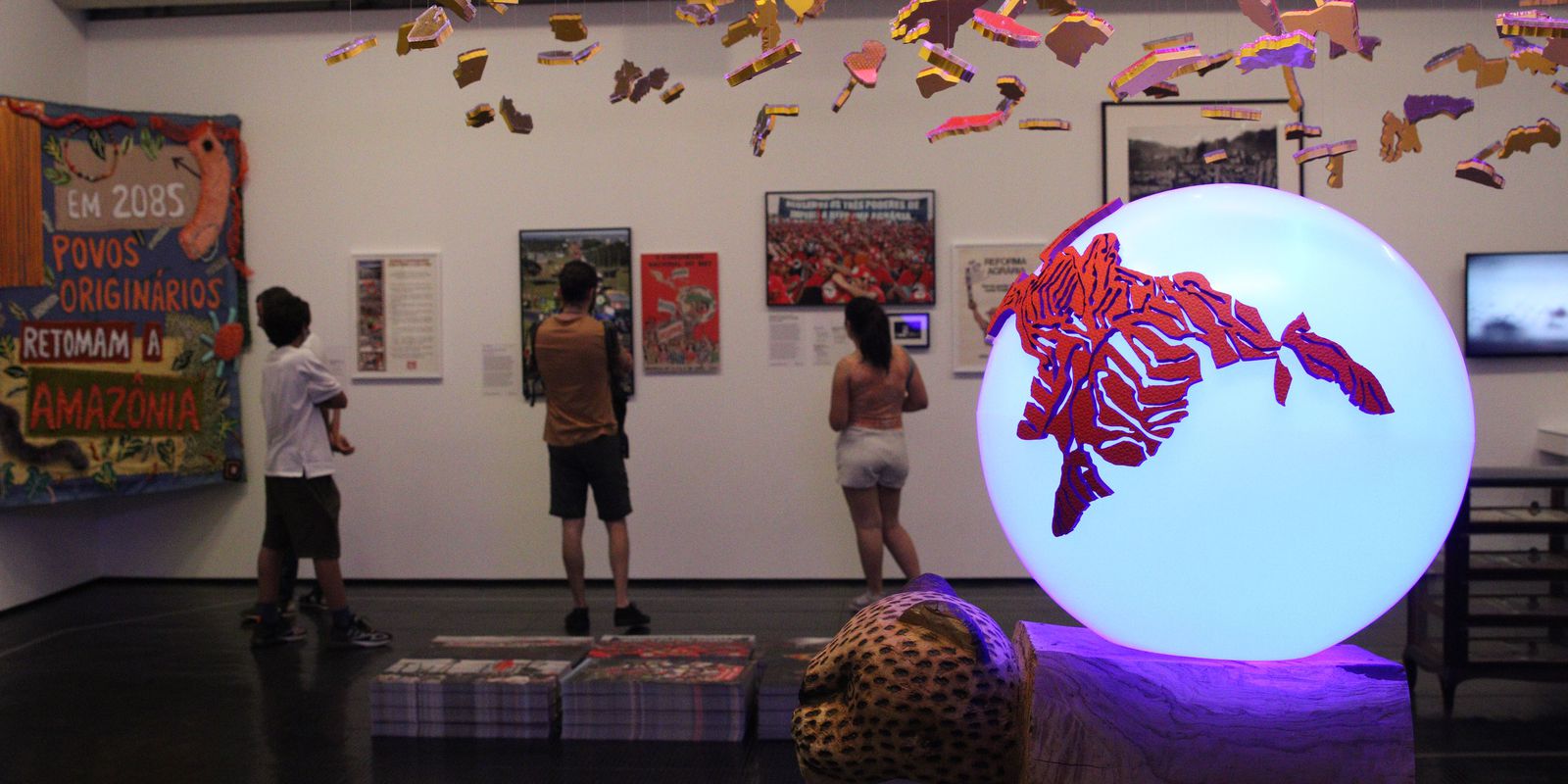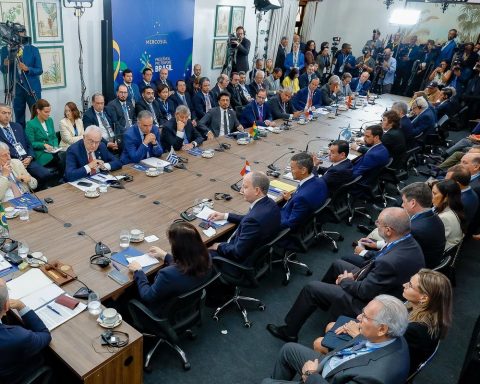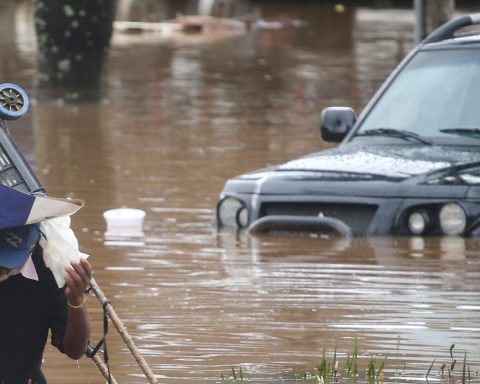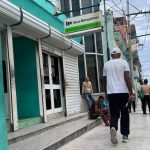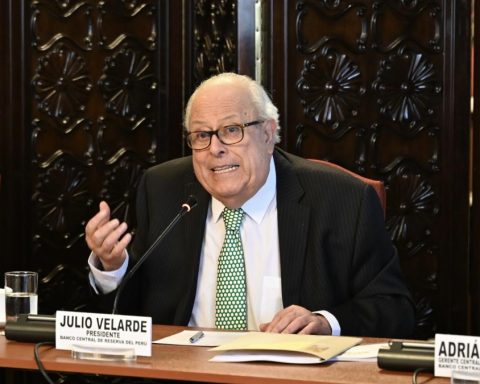In the context of the celebration of the 200th anniversary of the Independence of Brazil, the Museum of Art of São Paulo (Masp) opened on Friday (26) the exhibition Histórias Brasileiras, which proposes a historical review and points to a more inclusive, more diverse approach. and more plural about what we officially know about the country. The group show occupies two floors of the institution and runs until October 30th.
380 works by 250 artists and collectives are on display, 24 of which have never been seen before. The works are displayed on the museum’s first floor and second basement and were organized into eight thematic groups: Flags and Maps; Landscapes and tropics; Land and territory; resumes; portraits; Rebellions and revolts; Myths and rites; and parties.
The exhibition’s proposal is not to present the works in the context of art history, but to give them a social and political perspective, approaching the intimate, the private, customs and everyday life.
Histórias Brasileiras continues the museum’s project of presenting exhibitions dedicated to history, as it did in Histórias da infantil (2016), Histórias da sexuality (2017), Histórias Afro-Atlânticas (2018), Histórias das Mulheres, Histórias feministas (2019) and Dance Stories (2020). The history presented by the museum is not the one found in official books, but the one with a broader and more open meaning. The idea is to reconstruct this traditional history, revisit it and make room for contestations and reparations.
After facing protests from artists and the public for having vetoed the exhibition of photographs by the Landless Movement (MST), the museum reversed its decision and the photos are on display at the show, in the Retomadas section. And not just on display. The curators of this nucleus proposed that six of these photographs by João Zinclar, André Vilaron and Edgar Kanaykõ be reprinted and distributed free of charge to the public. In addition, there is a proposal that an online seminar be held, which will be broadcast through the Masp channel on Youtube and on the MST platform.
In addition to the photos, the Retomadas group discusses the present as a moment of restitution, reparation and re-creation of rights. “The prefix ‘re-‘, which ethically and politically demarcates the resumptions, does not indicate a rescue or a return to a point supposedly prior to the colonial invasion. Far from the nostalgic and fetishistic dimension of coloniality itself, retaking is also creating, fictionalizing, transforming”, said the curators of the nucleus Clarissa Diniz and Sandra Benites.
The visit to the exhibition starts on the first floor. It is in this space that the Bandeiras e Mapas nucleus is found, which presents patriotic elements, such as the national flag, in a more artistic and critical view. In the work Bandeira Afro-Brasileira (2022), for example, the artist Bruno Baptistelli changes the shades of the national pennant to convert it into an Afro-Brazilian flag, where green and yellow are replaced by black and red.
The core Paisagens e tropics features the photograph Natureza morta 1 (2016), by Denilson Baniwa, which presents the silhouette of a dead indigenous person outlined over the Amazon forest, discussing the devastation of the forest caused by generations of invaders to indigenous territories.
In the second basement is the Rebeliões e Revolta nucleus, which presents a set of works that aim to “revise and question the official narratives of art and politics, opposing the myth of a peaceful and war-free country. Its objective is to present a counter-story”, say curators André Mesquita and Lilia Moritz Schwarcz. In this nucleus, the word Lute appears repeatedly. Among them, in a serigraphic print by Santarosa Barreto.
The exhibition has free admission on Tuesdays and Thursdays. In addition to the exhibition, Masp proposes meetings with professors, lectures and dialogues. To visit the exhibition it is necessary to make the mandatory online appointment at museum ticket page.
